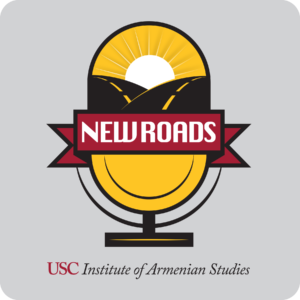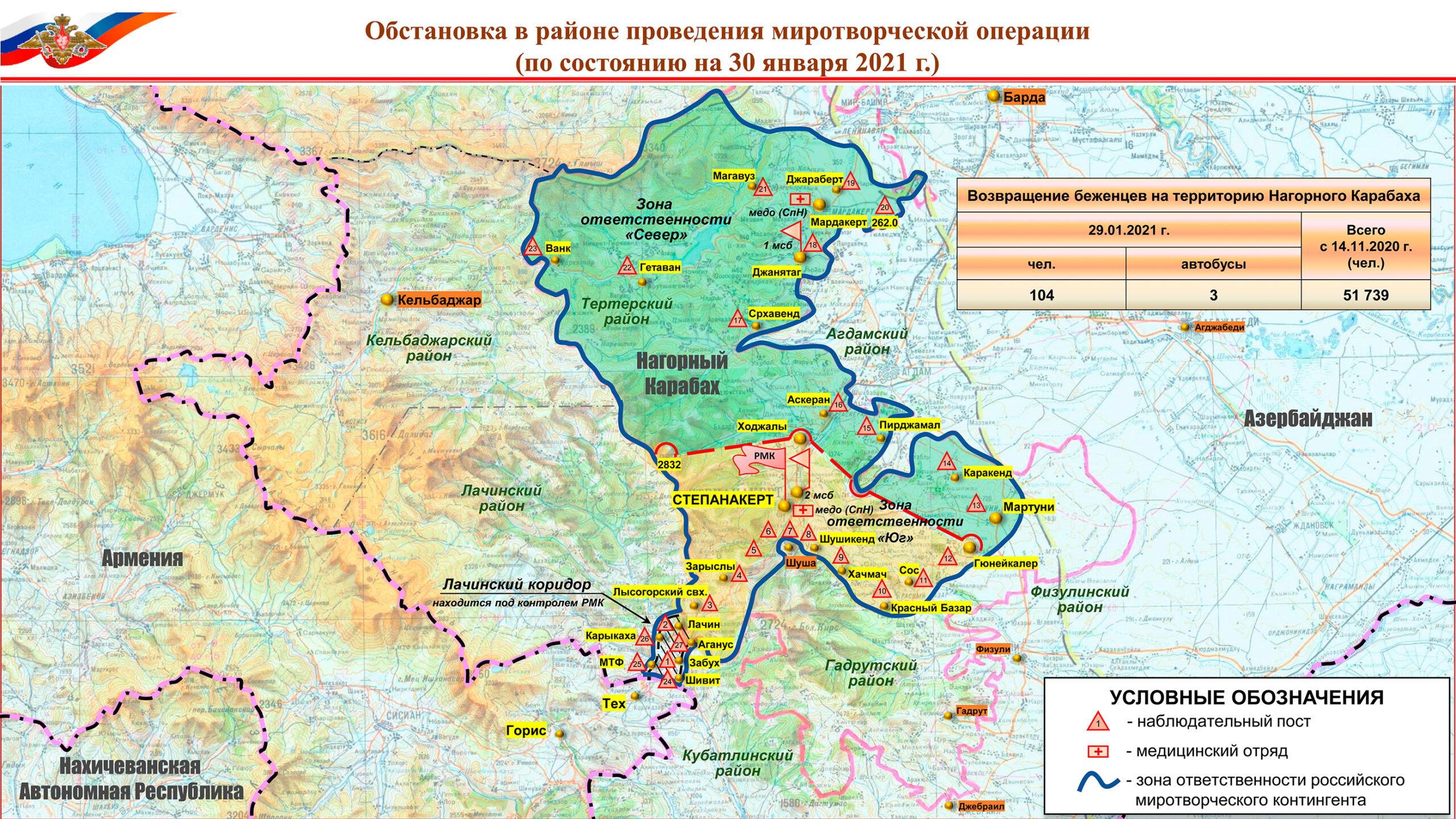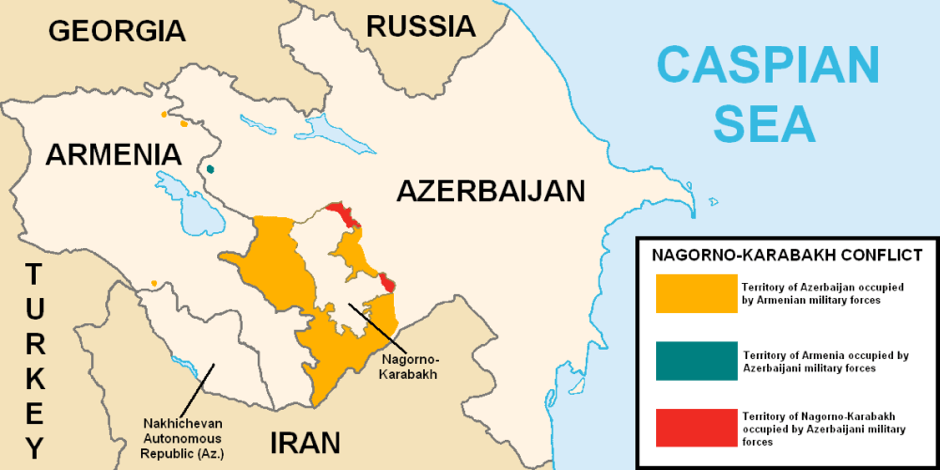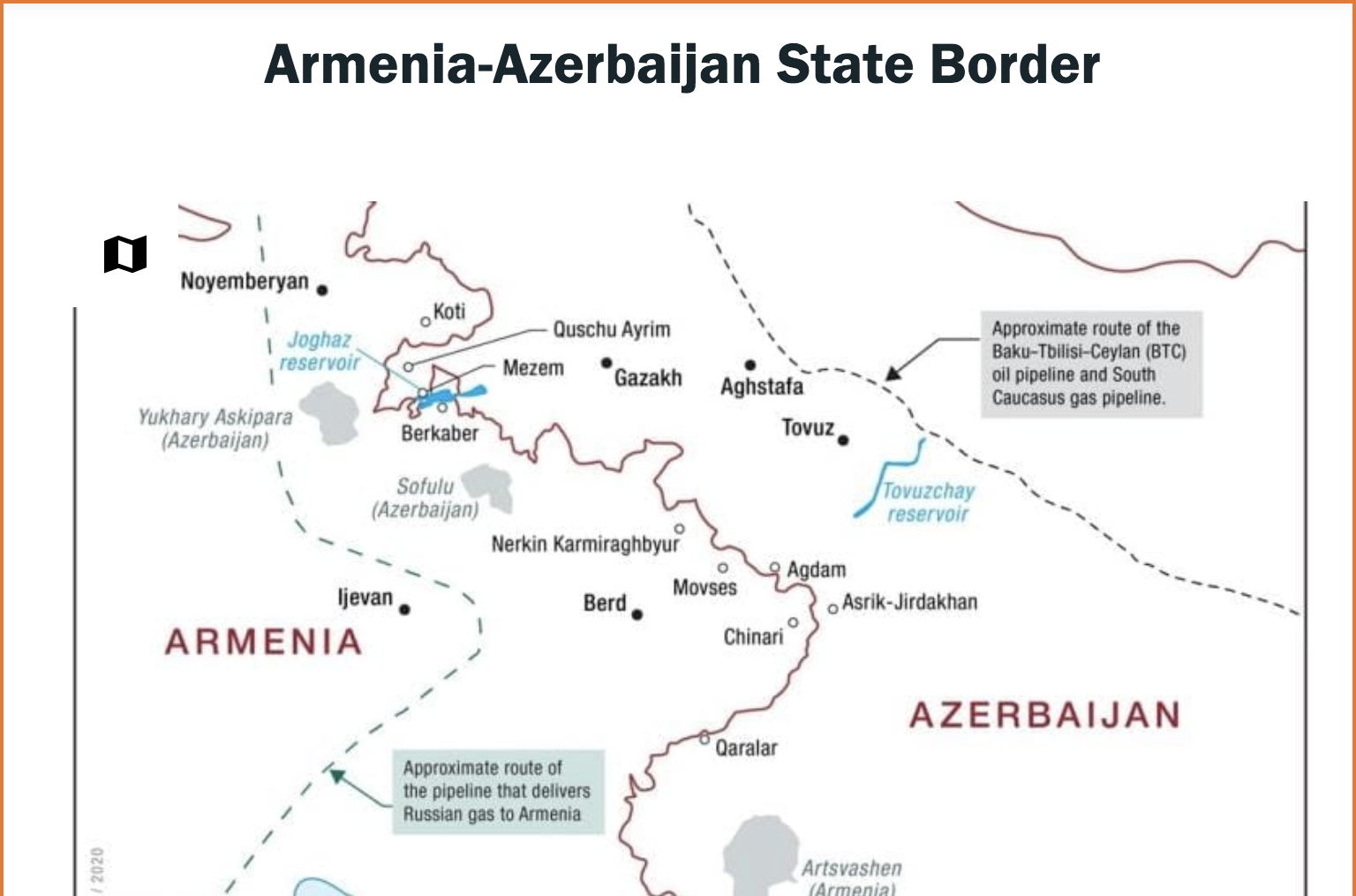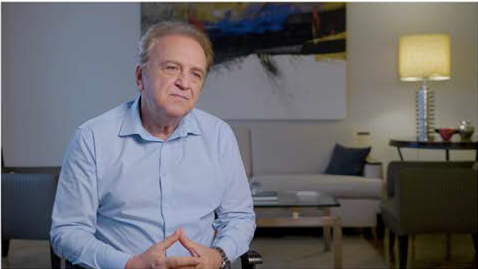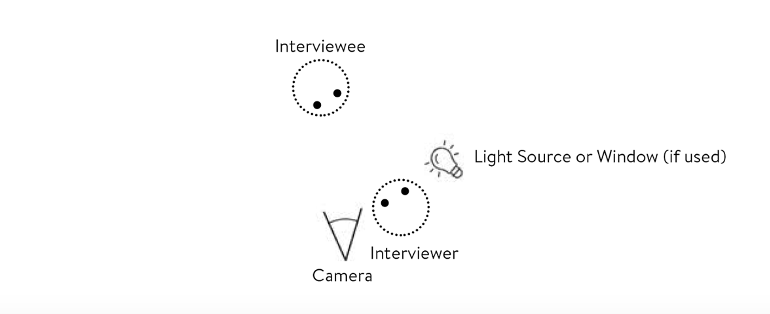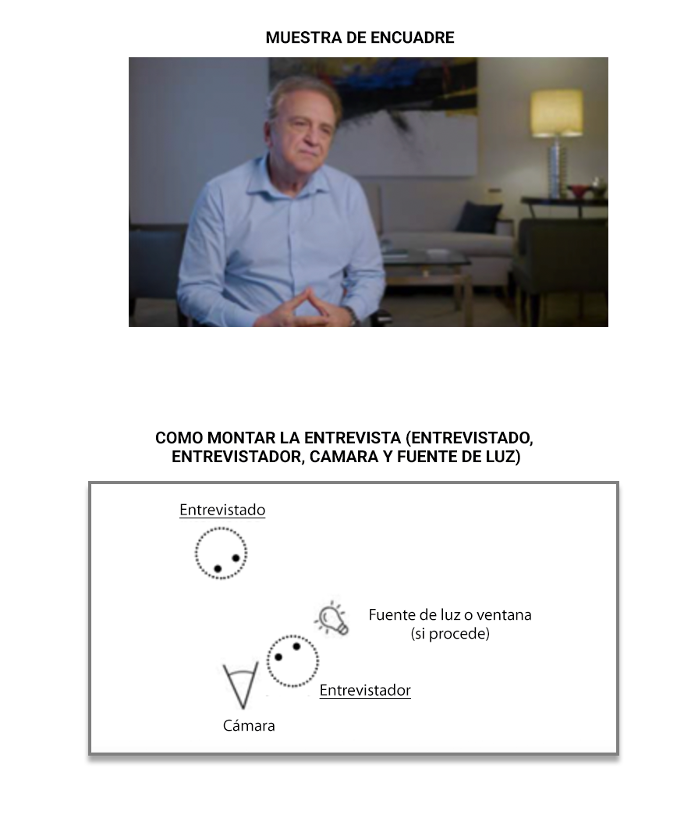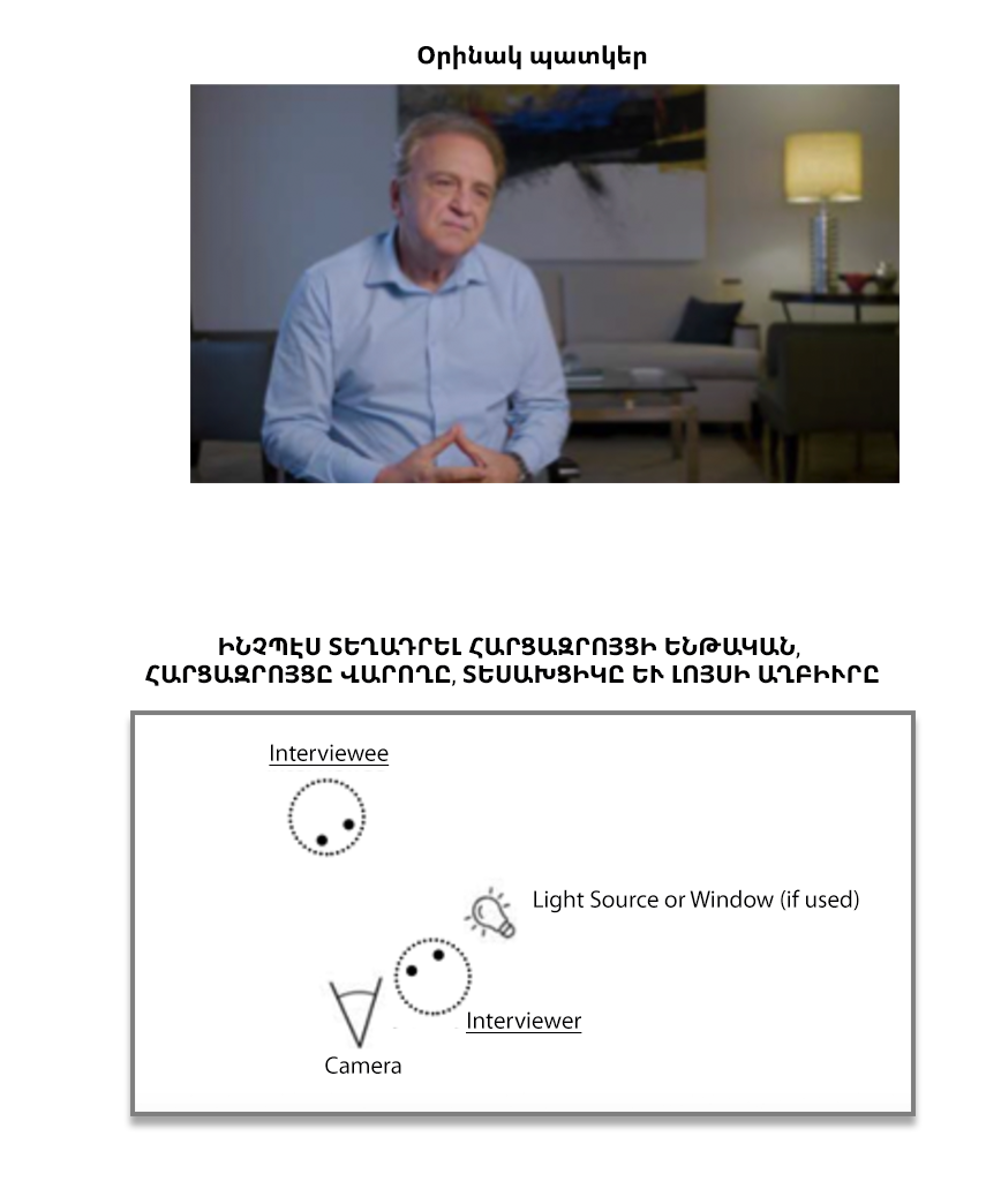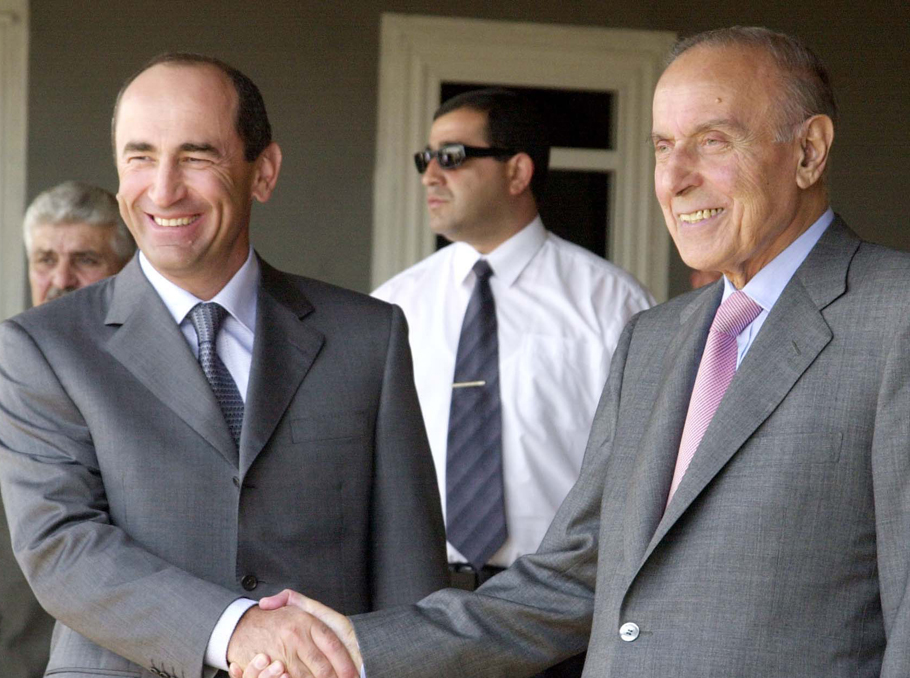
Book review by Emil Sanamyan
In his memoir “Life and Freedom”, Artsakh’s and Armenia’s former president Robert Kocharyan describes his negotiations and other contacts with Heydar Aliyev between 1993 and his passing in 2003.
The two met for the first time in September 1993, in secret. Aliyev at the time had only recently returned to power in Azerbaijan and was acting president, while Kocharyan was the head of the Nagorno Karabakh’s State Defense Committee. In the months before the meeting, Armenian forces captured five then Azerbaijani districts northwest, east and south of NKR, while also liberating the Mardakert district that Azerbaijan occupied the previous year.
Eager to stop the Armenian advances, Aliyev first authorized his defense chief Safar Abiyev to reach out to Karabakh defense army commander Samvel Babayan mid-summer. Two months later, as Armenian advances continued, Russia’s envoy for Karabakh Vladimir Kazimirov hosted the first-ever meeting between leaders of Azerbaijan and NKR in Moscow at the Tolstoy mansion of the foreign ministry.
Kocharyan and Aliyev spoke tet-a-tet for an hour and a half. The meeting helped arrange a temporary cease-fire that lasted a couple of weeks, but more importantly it helped build a foundation for mutual trust. “Aliyev confirmed that I did not intend to undermine him,” Kocharyan writes. “As promised, information about the meeting was not leaked by anyone and the first time I ever mentioned it was after [Aliyev’s] death.” Soon after, Aliyev reverted to the line of refusing to negotiate with Artsakh leaders and he did not meet Kocharyan again until after he was elected president of Armenia in 1998.
Starting that year, Aliyev and Kocharyan agreed to moderate their rhetoric and facilitate contacts at different levels. In September 1998 then Prime Minister Armen Darbinyan visited Baku for the EU-organized regional cooperation conference, becoming the most senior Armenian official to ever visit the Azerbaijani capital. Other ministers followed for regularly scheduled post-Soviet & other multi-lateral events in both Baku and Yerevan. Some of the Azerbaijani ministers, who were originally from Armenia, even got tours to villages they were from. The government also facilitated media and non-government-level exchanges, with Azerbaijani groups coming to both Yerevan and Karabakh and groups from Stepanakert and Yerevan visiting Baku.
In April 1999, then secretary of state Madeline Albright arranged an Aliyev-Kocharyan meeting when both attended the NATO summit in Washington. The two met three more times between July and September of that year. According to Kocharyan, Aliyev was pushing for what then was known as the “Goble Plan,” which would formally make Nagorno Karabakh, in its former autonomous borders plus Lachin corridor, part of the Republic of Armenia, while in exchange Azerbaijani would get the Meghri district of Armenia and six Armenian-controlled formerly Azerbaijani districts around the NKAO borders. Kocharyan writes that any surrender of Meghri was untenable for him.
The terrorist attack on Armenian parliament put a temporary halt to the talks in October 1999, but they resumed in the middle of the following year, when Aliyev hosted Kocharyan in Nakhichevan, making it the only time an Armenian leader visited Azerbaijani-controlled territory since independence. Having refused to concede Meghri, Kocharyan offered instead a 50-kilometer “sovereign road” built via tunnels and bridges that would connect Azerbaijan and Nakhichevan through southern Armenia. At this time leaders of France and United States got involved, building up the diplomatic push towards the Key West, Florida summit in April 2001. A deal seemed close.
But two weeks before the summit, Aliyev organized hearings on Karabakh at the Milli Majlis, the national parliament. Kocharyan noticed that Aliyev’s attitude began to change and suggested to mediators that the summit should be postponed. But Aliyev assured the mediators that he was serious about signing the agreement. As the two met in Key West, Aliyev took out a ten-page document listing Azerbaijan’s grievances and began reading it. It became clear there would be no deal.
Russia’s deputy foreign minister Vyacheslav Trubnikov tried to lean on the president of Armenia, to offer more concessions, but Kocharyan refused. When asked why he came all the way to Florida, if he did not intend to sign the agreement, Heydar Aliyev told Kocharyan that he was not sure to the end if he would sign or not. He also revealed that he changed his mind because his family, particularly his son and heir apparent Ilham, were opposed to the signing.
There were other talks held later, but parties never came as close to a comprehensive deal on Karabakh as in 2001. At all times Kocharyan and Aliyev Sr. maintained a respectful, almost friendly relationship. They also appreciated each other’s sense of humor. Once, Aliyev told Russian president Vladimir Putin about Kocharyan: “You see what cadres Azerbaijan prepares for Armenia?” Kocharyan’s response was: “It is a mutual exchange of presidents, with Heydar Aliyevich being from Sisian in Armenia.” On another occasion, Aliyev introduced Kocharyan to his daughter Sevil as “This is the Kocharyan who took our territories and doesn’t want to give them back.”
Kocharyan also recalled how Aliyev complained about his political opponents and how they suspected that he wanted Ilham to succeed him as president. Kocharyan retorted “And why not? Isn’t he better prepared than most of them?”Aliyev gave Kocharyan the look and said “Sometimes I think that too.” “And we both laughed.”


